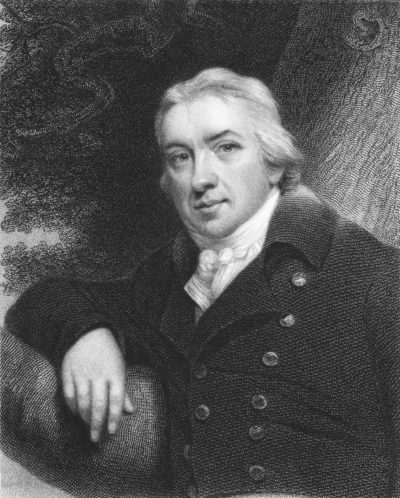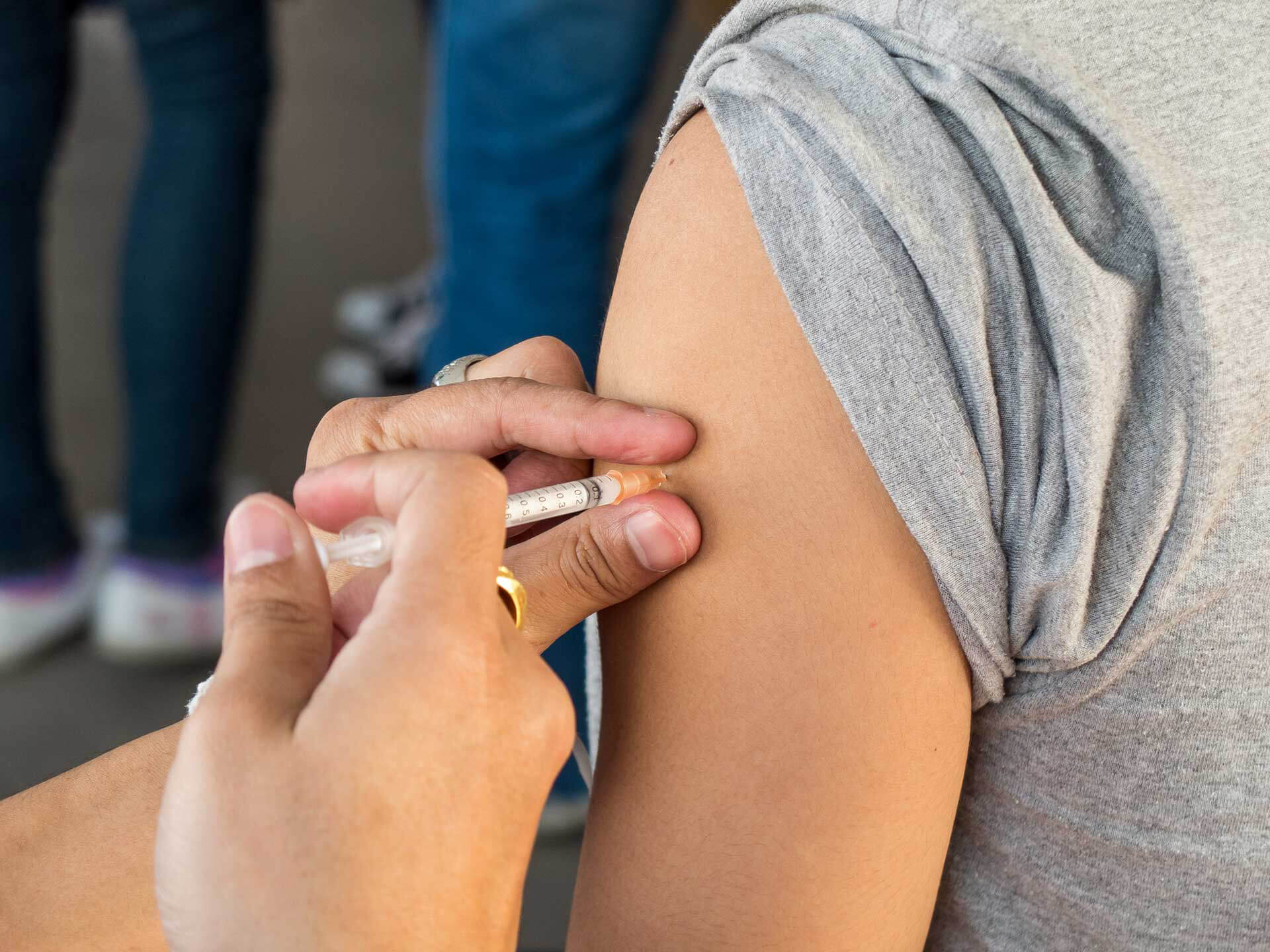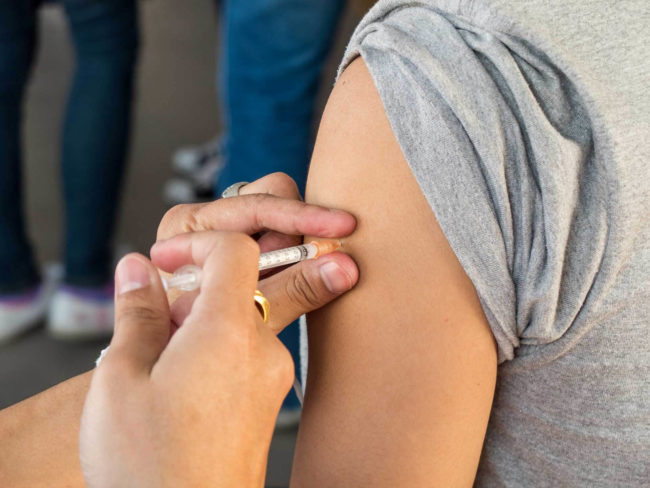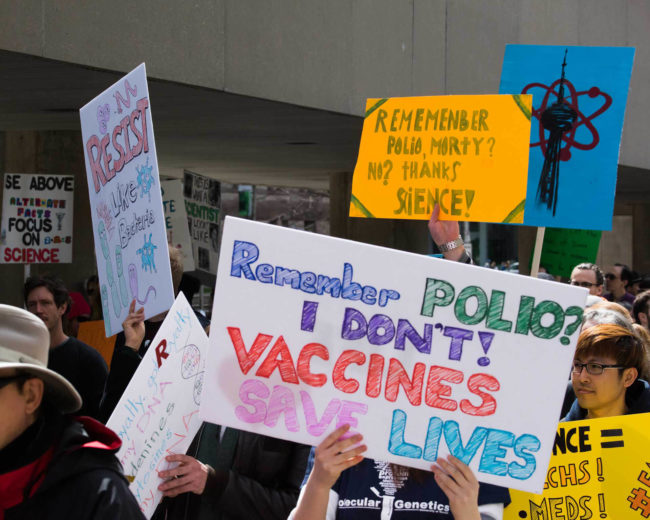When it comes to populations, disease runs rampant, influenced by location, climate, and access to care. As time progressed, scientists worked diligently to come up with vaccines to eradicate disease pre-emptively. When it comes to tracking diseases that have been eradicated, controlled or reduced by vaccines, history begins with Dr. Edward Jenner, considered the founder of vaccinology in the West.
Starting with Smallpox
 The year is 1796 and hundreds of thousands of people are dying every year from smallpox. Three out of ten people who contract smallpox die from the disease. Those who survive are left with scars or are left blind. Then, Jenner makes a discovery.
The year is 1796 and hundreds of thousands of people are dying every year from smallpox. Three out of ten people who contract smallpox die from the disease. Those who survive are left with scars or are left blind. Then, Jenner makes a discovery.
Jenner noticed that milkmaids who had contracted cowpox (a less serious form of smallpox) didn’t contract smallpox. He took material from a cowpox sore on milkmaid Sarah Nelmes’ hand and injected it into the 9-year-old son of his gardener. He exposed the boy to the smallpox virus several times over the months that followed and the youngster never developed the disease. By the 1800’s Jenner’s discovery had developed into the first vaccine in the world: one to fight smallpox. The last natural outbreak of smallpox in the US occurred in 1949. In 1980 the World Health Assembly declared smallpox eradicated around the globe.
Vaccine Development Throughout History
- 1897 & 1904: The cholera vaccine and the inactivated anthrax vaccine in humans were developed through experiments led by Louis Pasteur. Today, these diseases are rare in the US and developed nations. In other parts of the world, the battle continues to reduce their incidence.
- Late 19th century: The vaccine for the Plague was developed. According to the Centers for Disease Control and Prevention (CDC), the Plague is “rare” in most parts of the world.
- 1890-1950: The Bacillis-Calmette-Guerin (BCG) vaccine was developed and is still used today to vaccinate against tuberculosis. The CDC reports the national incidence rate in the US in 2016 was 2.9 cases per 100,000 persons, a 3.6% decrease from 2015. Minority populations contract a disproportionately large percentage of the cases.
- 1923: The tetanus vaccine was developed by Alexander Glenny. Deaths from tetanus in the US have dropped by 99% since 1947. Only “sporadic cases” are now reported.
- 1926: The diphtheria vaccine was developed. Before that, in 1921, there were 206,000 recorded cases of diphtheria in the US and 15,520 deaths. According to the CDC, in the past decade, there were less than five cases of diphtheria in the United States.
- 1948: The first Pertussis vaccine was licensed for use in the US. According to the CDC: “During 2015, state health departments reported 20,762 cases of pertussis to CDC. This represents a 37% decrease compared to 32,971 cases reported during 2014. The majority of deaths occurred among babies younger than 3 months old. The incidence rate of pertussis among babies exceeded that of all other age groups.”
- Vaccines can prevent the spread of the contagious pertussis infection. In the 1940s, before the widespread availability of vaccines, approximately 200,000 children got contracted it annually in the US and approximately 9,000 died from it.
- In recent years the incidence rate of pertussis has been 10,000 to 40,000 cases with approximately 20 deaths annually.
- 1950-1985: Viral tissue culture methods are developed and used, which led to the Salk polio vaccine (inactivated) and the Sabin polio vaccine (live attenuated oral). Polio has now been eradicated from many regions around the world including the US. In the early 1950s there were 15,000 cases of polio each year in the U.S. Since 1979, no cases of polio have originated in the United States.
- 1963: John Enders and colleagues license a measles vaccine in the U.S.
- 1968: Edmonston-Enders strain measles vaccine was developed, the only measles vaccine used in the U.S. Between 1912 and 1922, the first decade when the incidence of measles was recorded in the US, there were 6,000 deaths annually. Measles was declared eliminated in 2000 (absence of continuous disease transmission for greater than 12 months) in the US.
There are many other vaccines for children and adults. We acknowledge there may be just as much controversy in some corners. When it comes to immunizations, the best philosophy may be one recommended by Mark Twain, “Get your facts first, then you can distort them as you please.” It’s most important to know the facts about immunizations and the life-saving power they hold.
Anti-Vax Controversy
Perhaps nothing has raised more controversy among parents over the last two decades than the issue of immunizations for children. Everything was going along swimmingly in the immunization world. Here in the US, they were eradicating diseases like smallpox, measles, and mumps. Then the English medical journal, The Lancet, came out with research claiming there was a link between the measles, mumps, rubella (MMR) vaccine and autism. That is when everything erupted and there has been an ongoing debate about the safety and efficacy of vaccines ever since.
We don’t mean to be “flip” about the issue. It’s just that not one iota of The Lancet article was based on science, yet it caused a worldwide outcry that continues today. In fact, after a protracted investigation the article was retracted and the author, Andrew Wakefield, lost his medical license. He had forged the so-called “data” and falsified the facts on which the anti-vaccine article was based. Despite those findings the anti-vaccine camp had found its legs and some parents had begun to withhold vaccinations from their children. As a result, in 2014 the US experienced the worst outbreak of whooping cough and measles in a decade. Reduced rates of vaccinations had caused their resurgence.
Medical professionals, scientists and public health researchers have conducted exhaustive research on the suspected autism/vaccine connection. They have concluded there is no connection between the two. Yet, a few outlier physicians, and not a few parents subscribe to the belief that vaccines are dangerous and withhold them from children.
It is important to recognize that there are cultural and religious beliefs that pose objections to vaccines. There is also a long-standing tension between the rights of the individual and the need to protect public health. We do not suppose to resolve or address those substantive questions here. Rather, we think vaccines deserve an honest look, especially given the diseases they have eradicated around the world.
More resources for your information include:
Vaccine safety: https://www.cdc.gov/vaccinesafety/ensuringsafety/history/index.html
CDC: https://www.cdc.gov/vaccinesafety/vaccines/index.html
History of vaccines, eradication information: https://www.historyofvaccines.org/content/articles/disease-eradication






